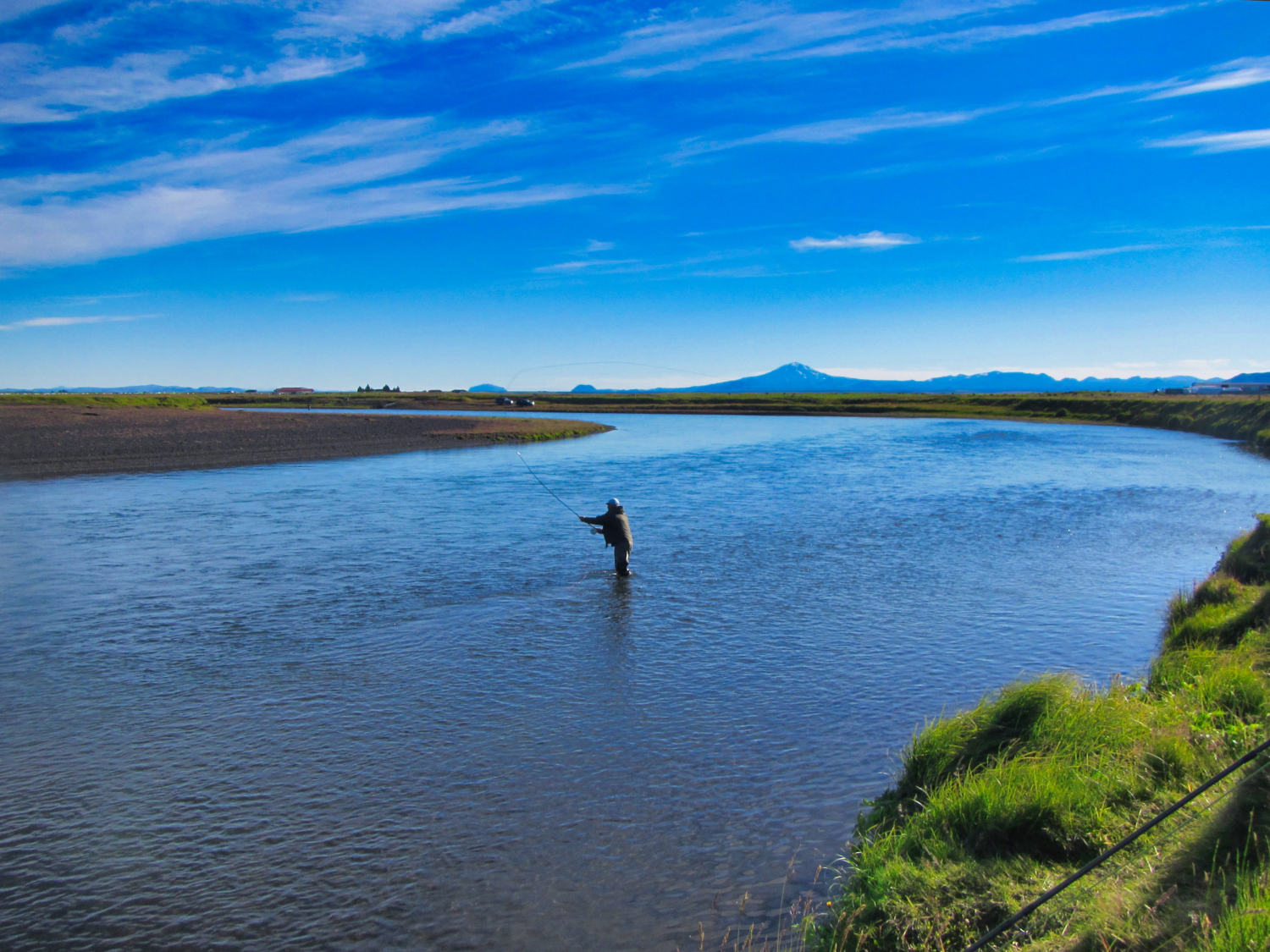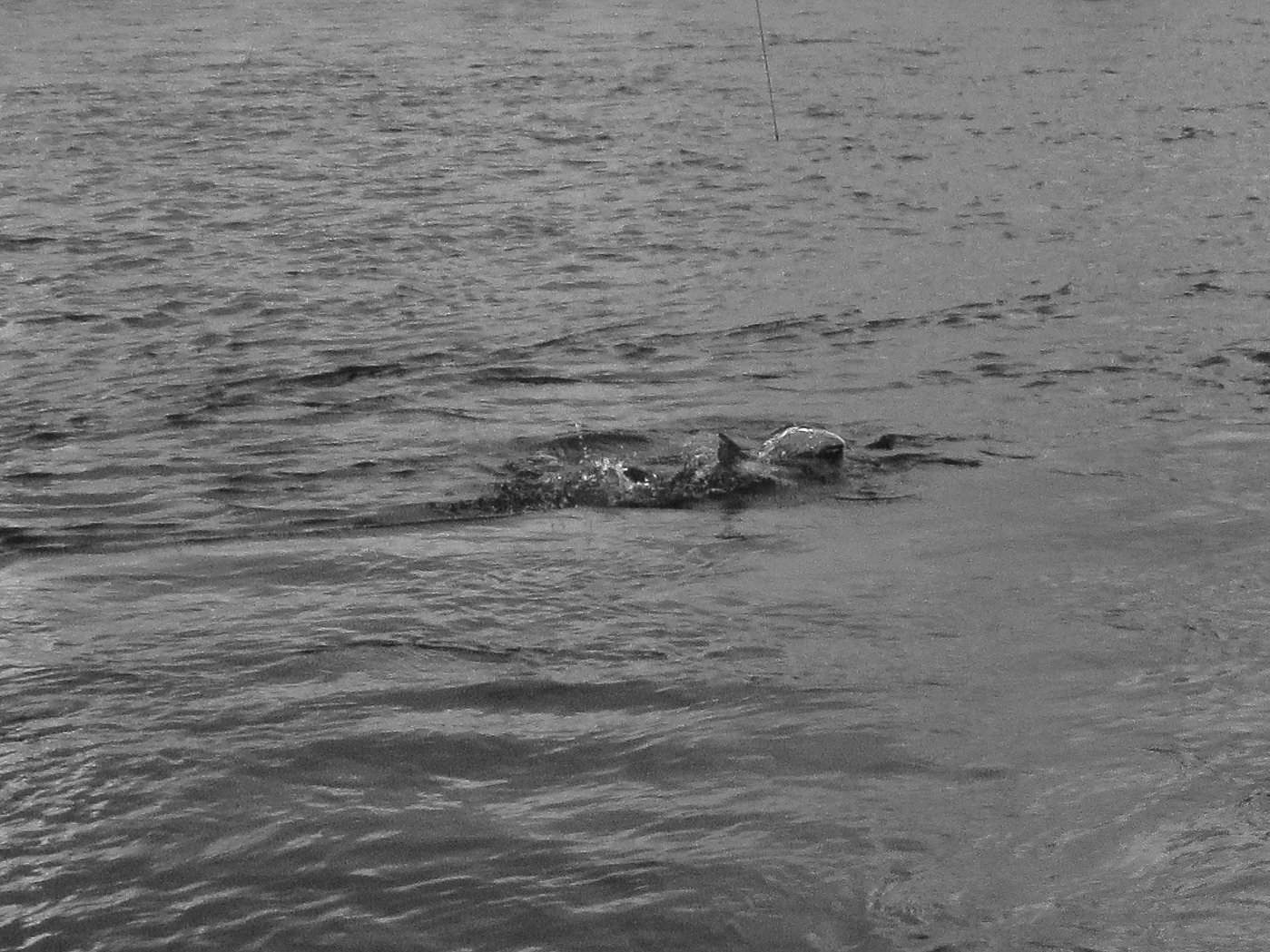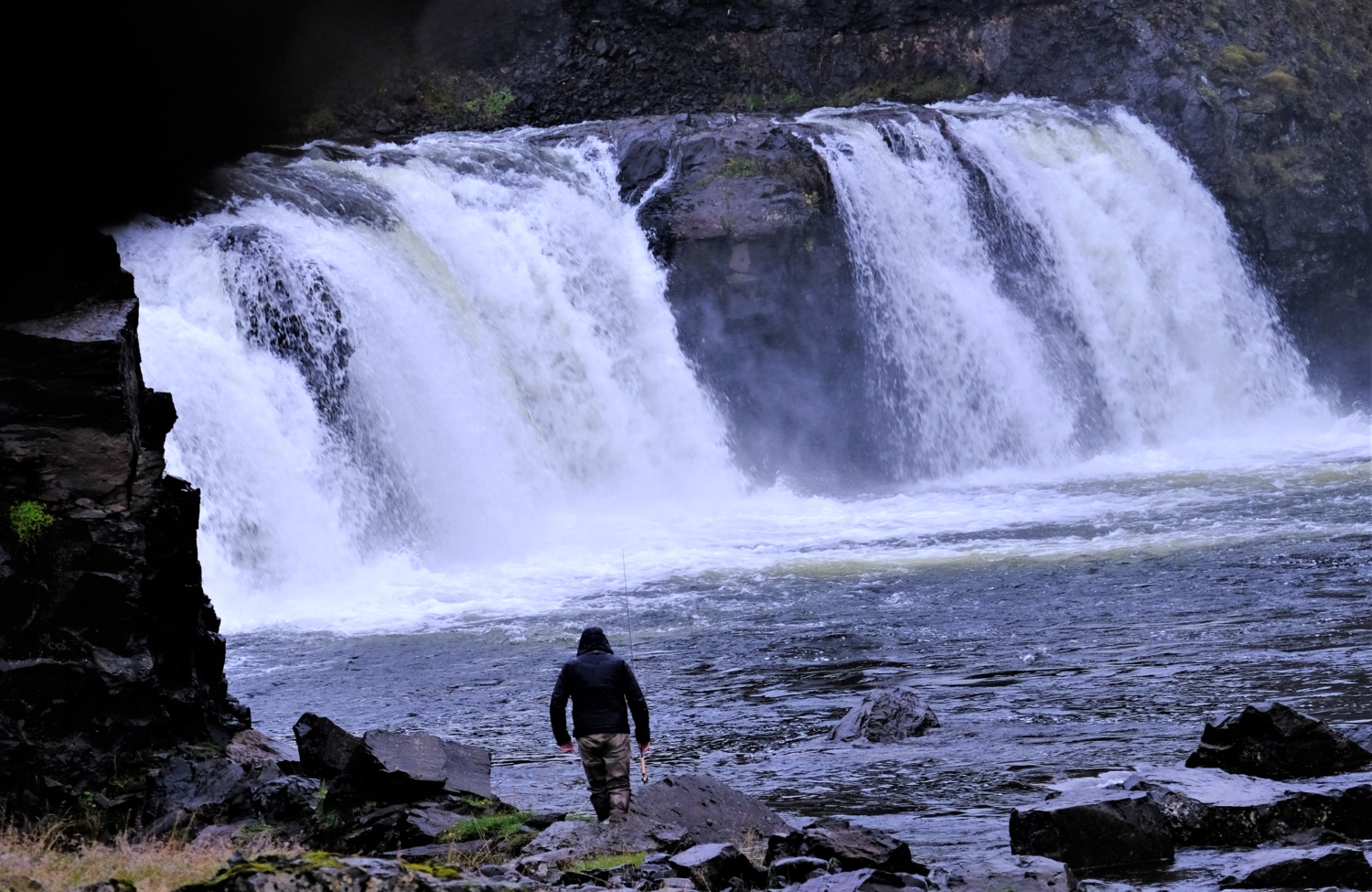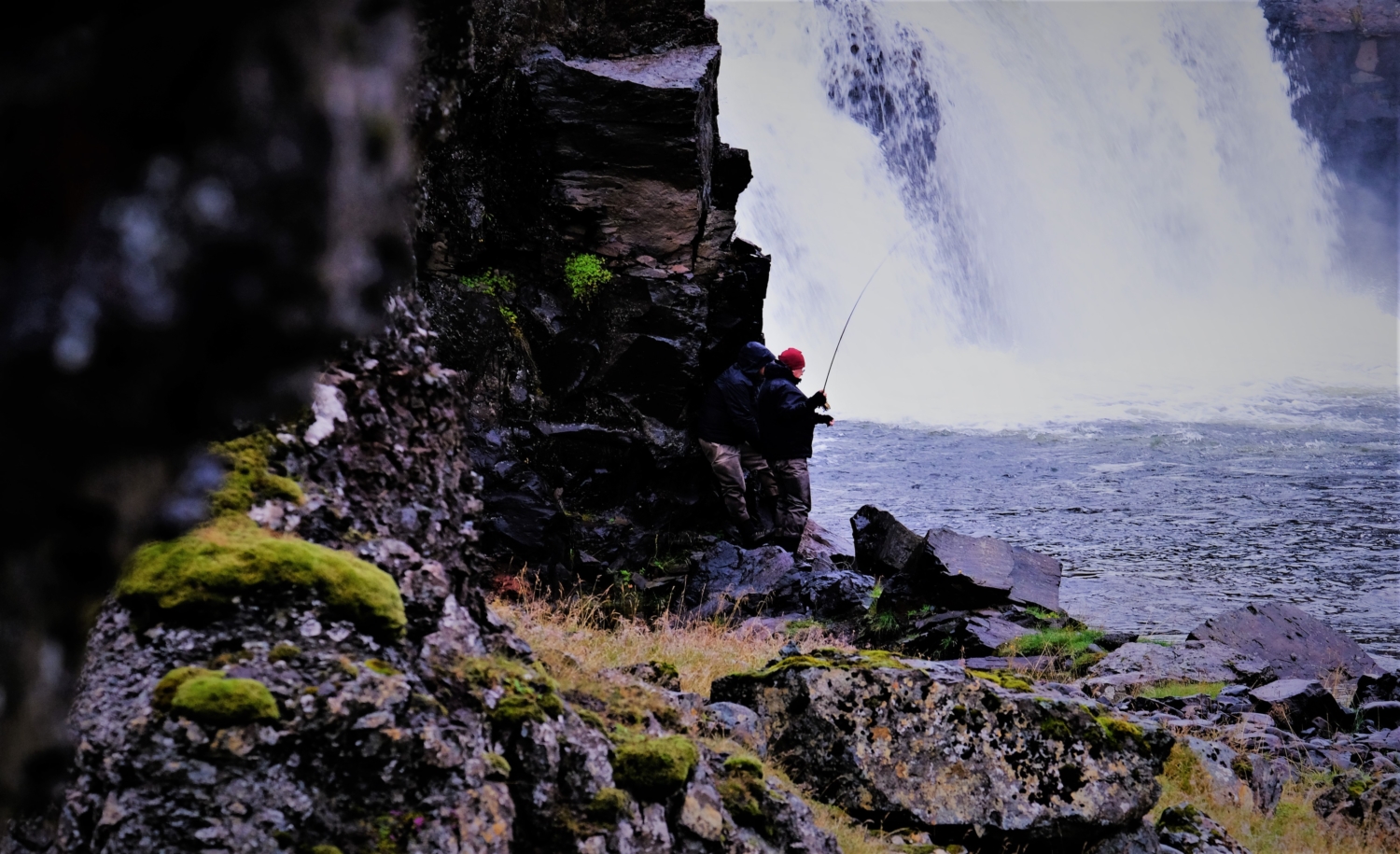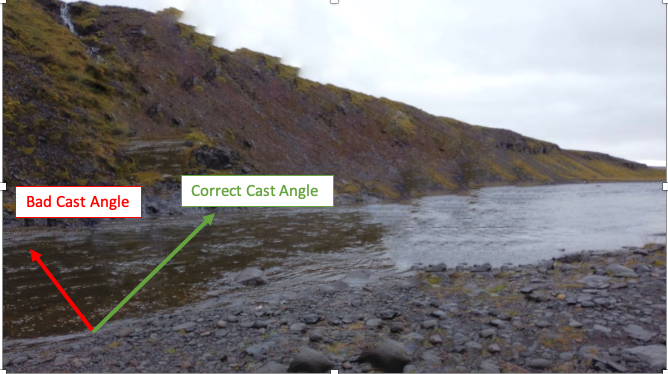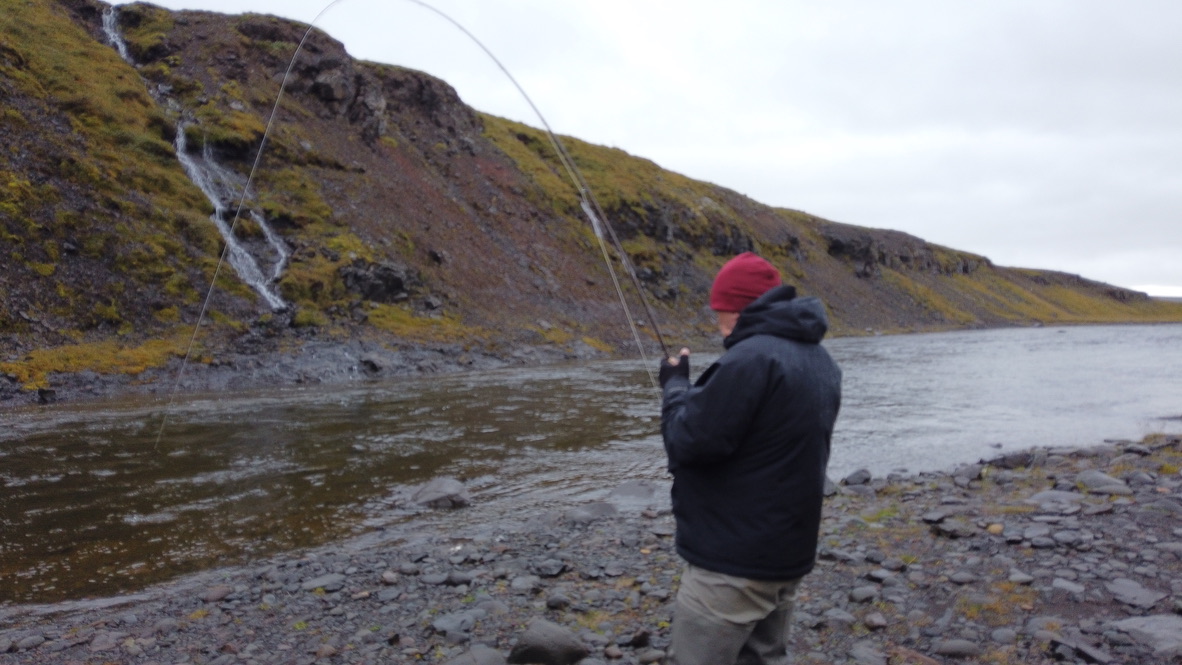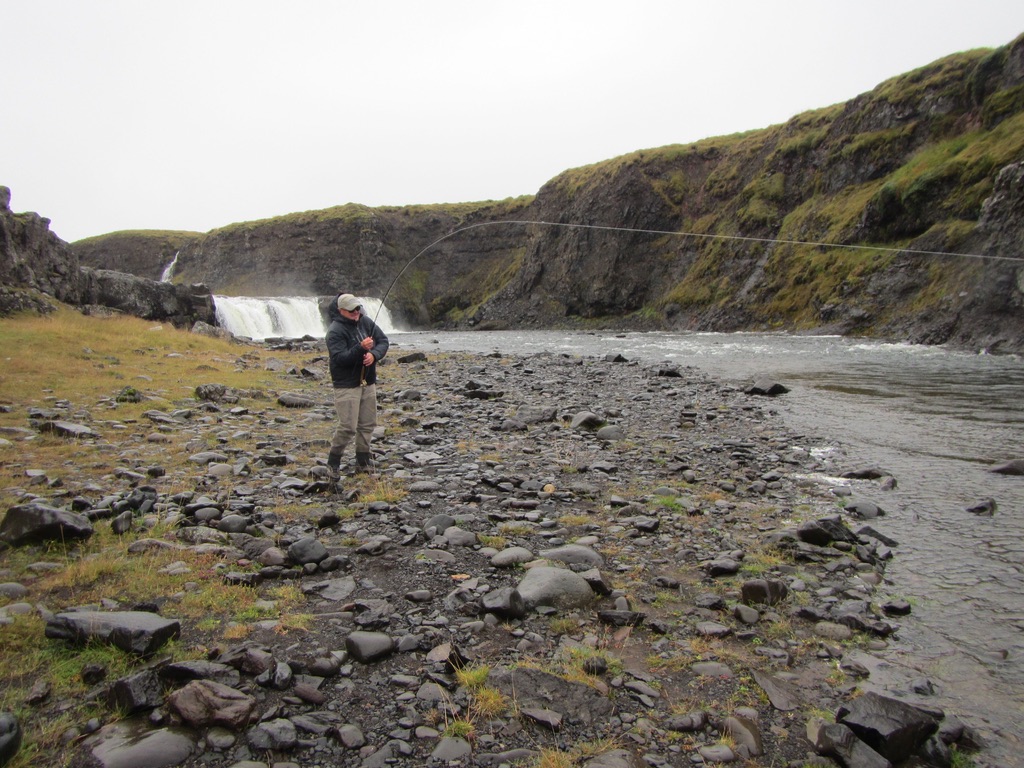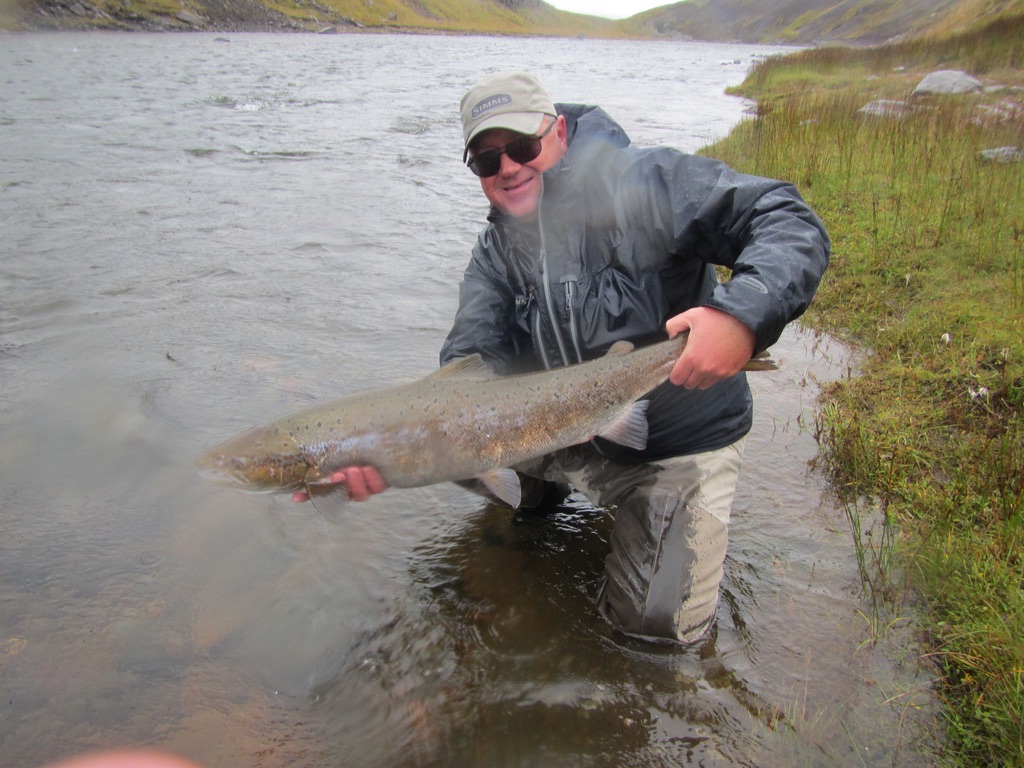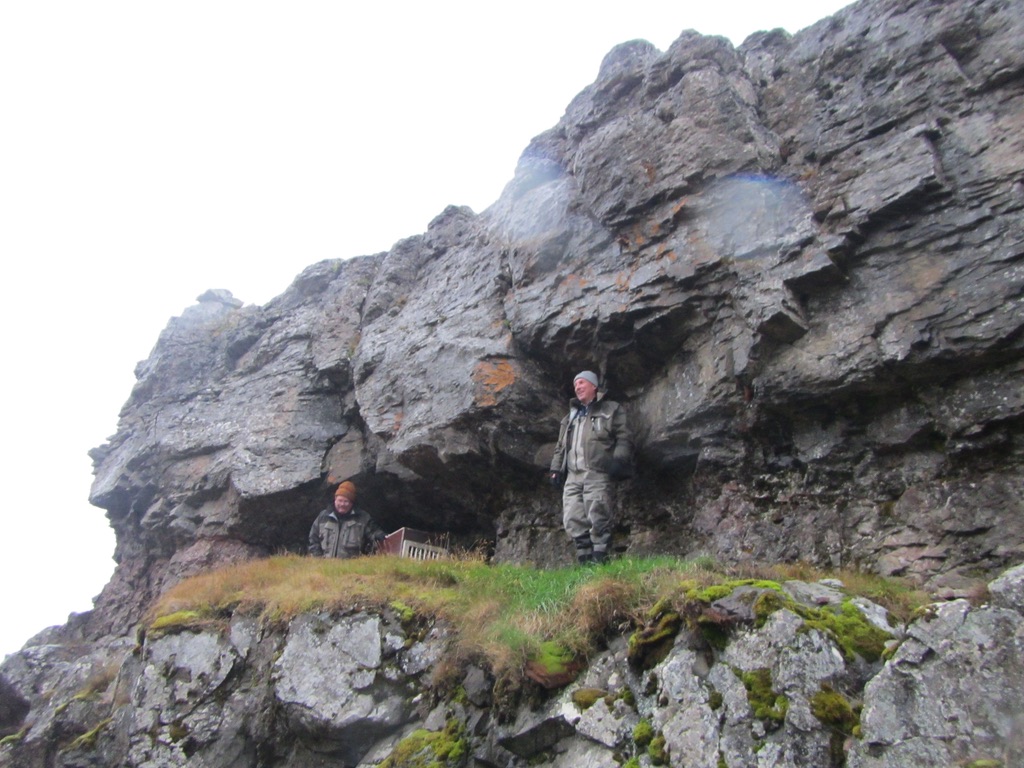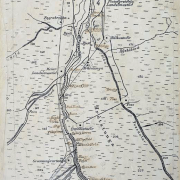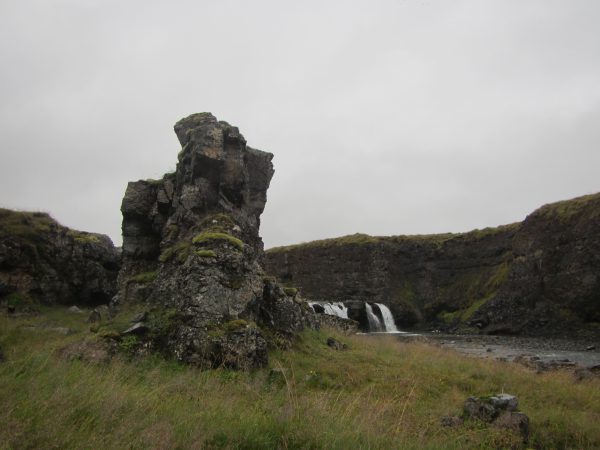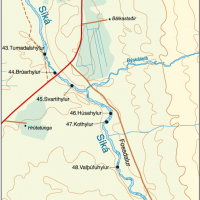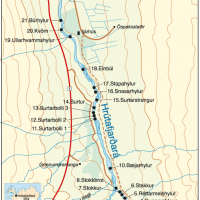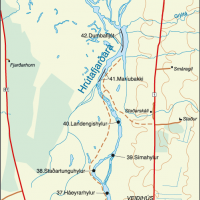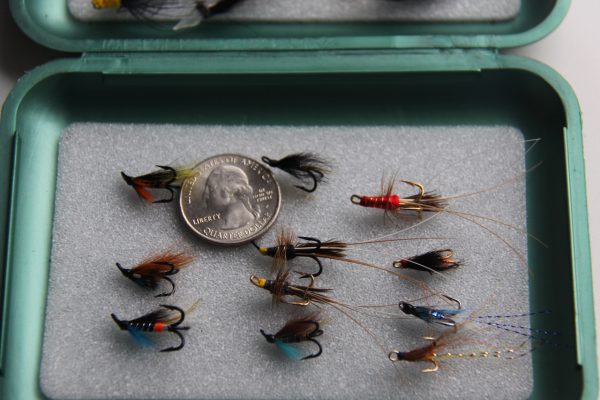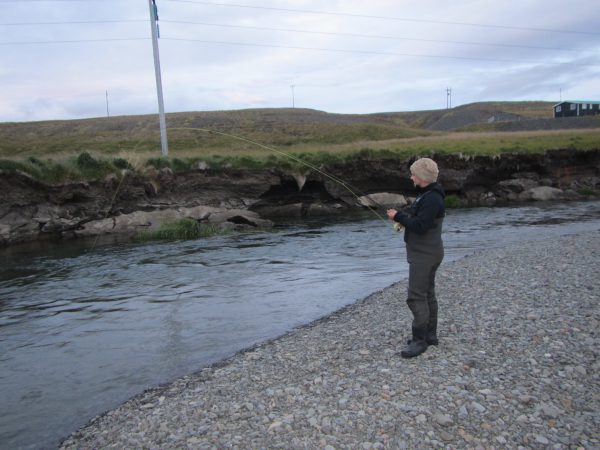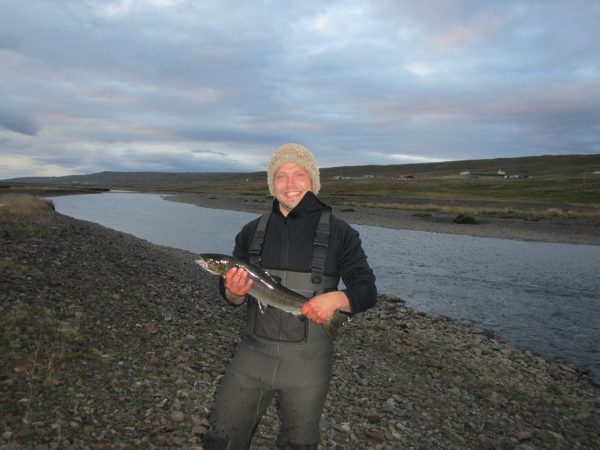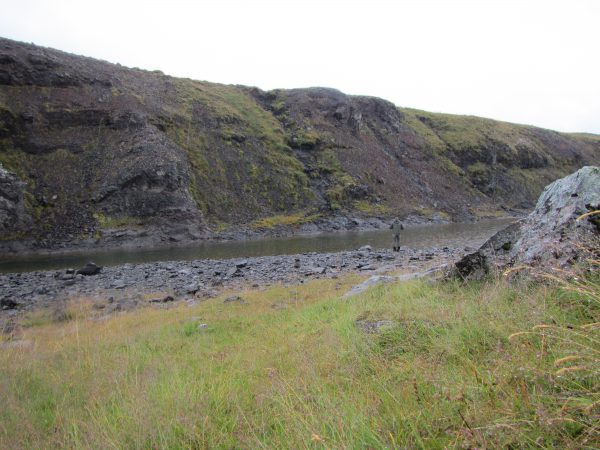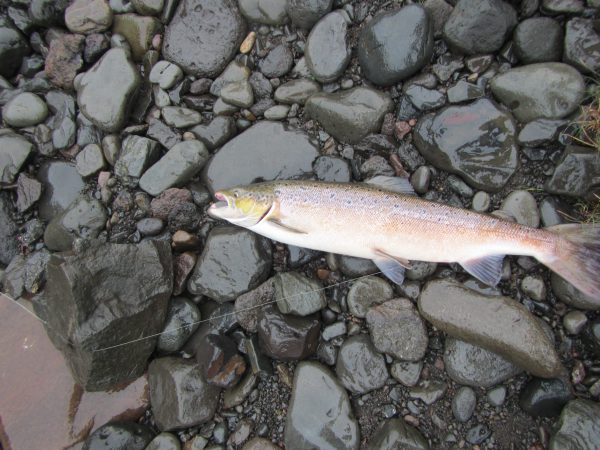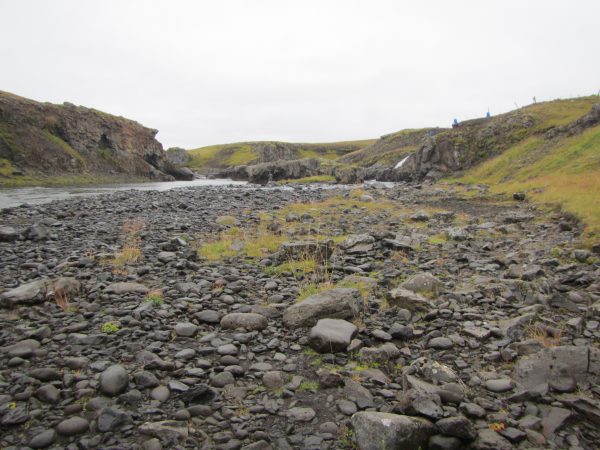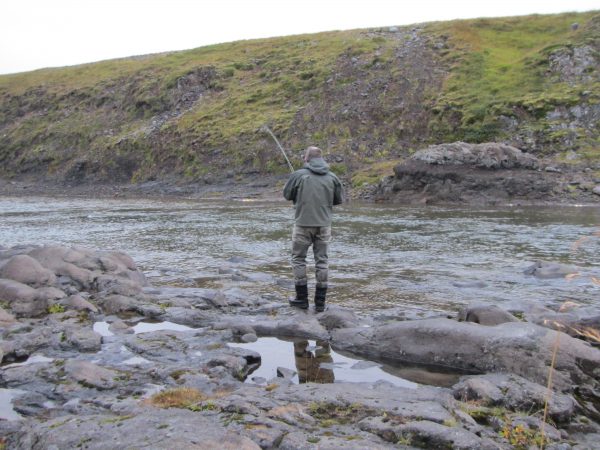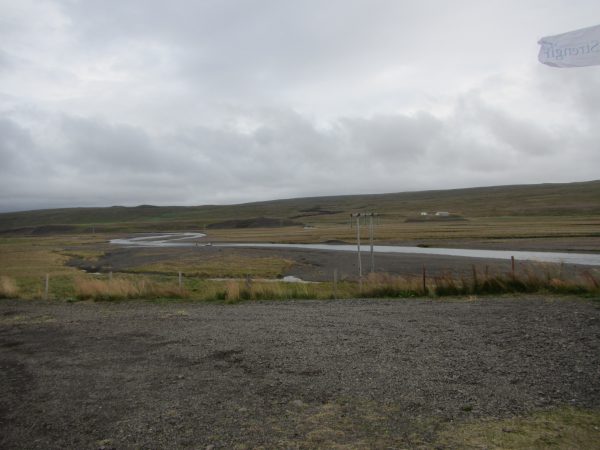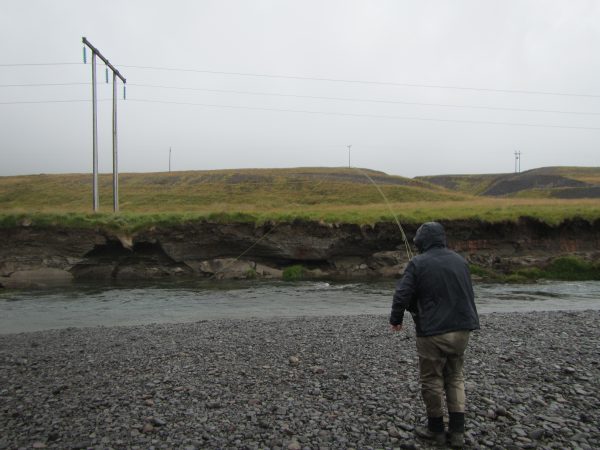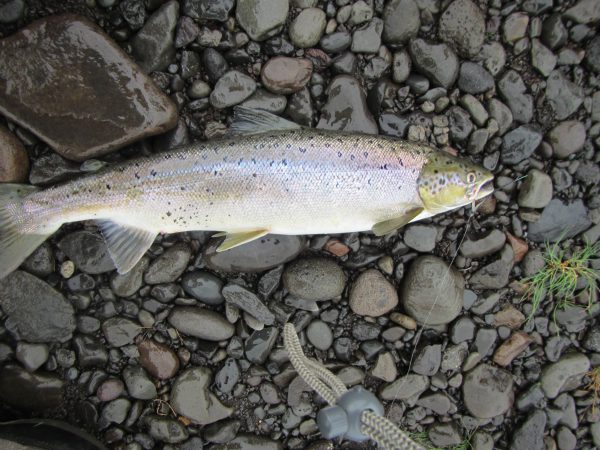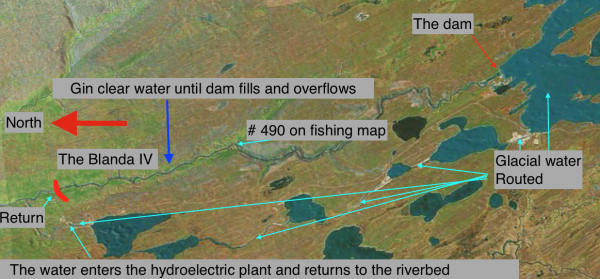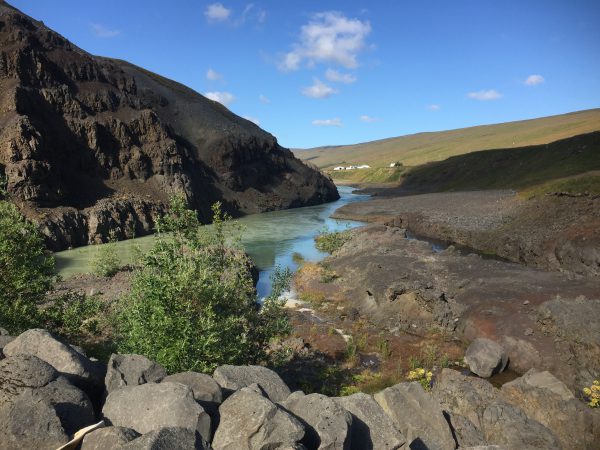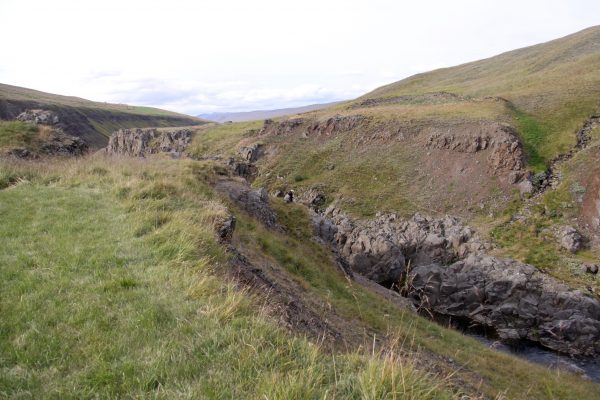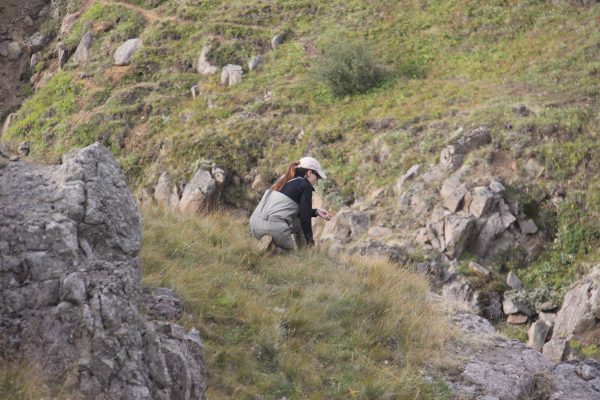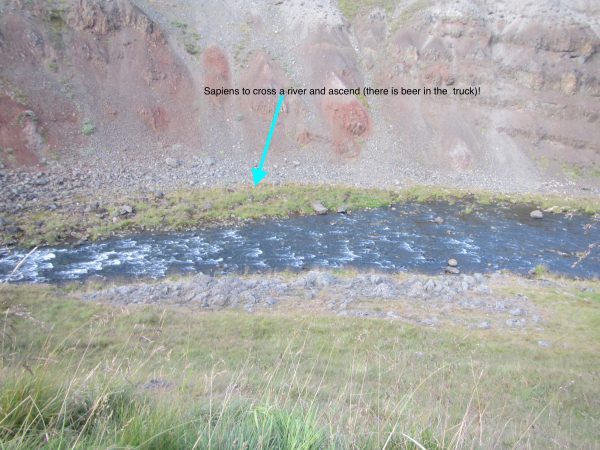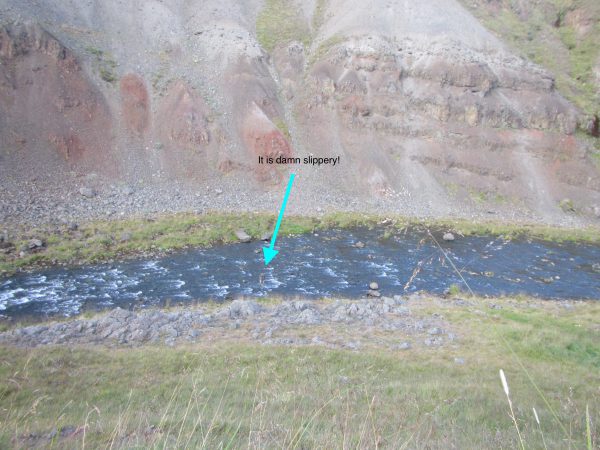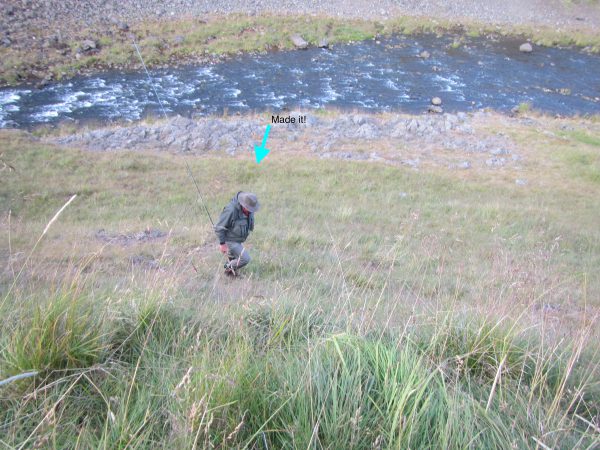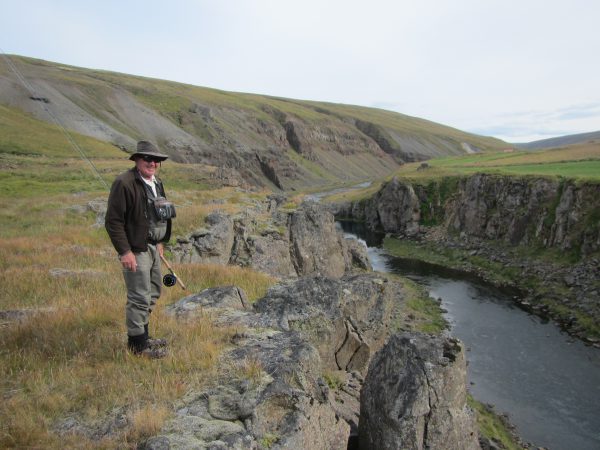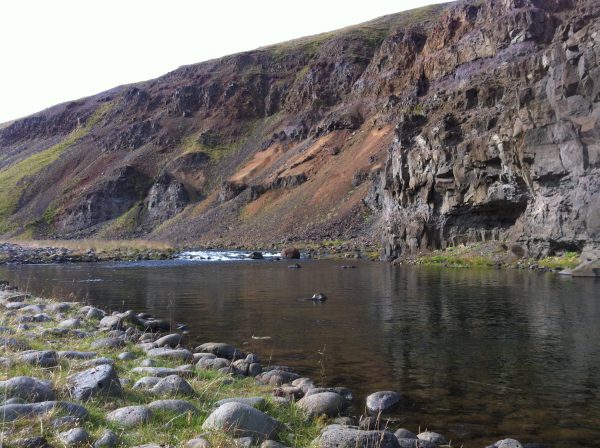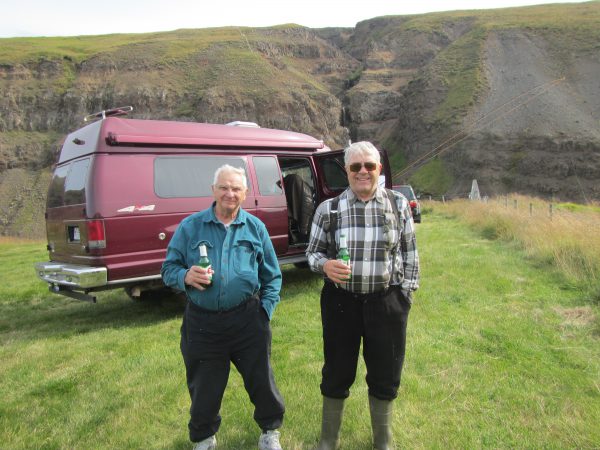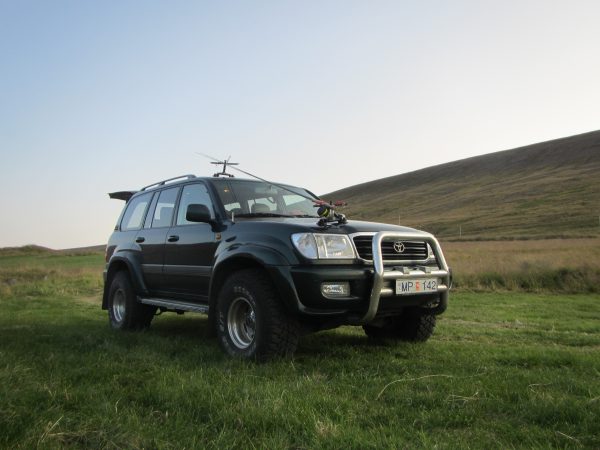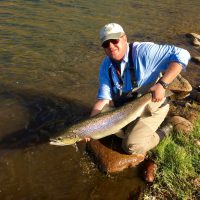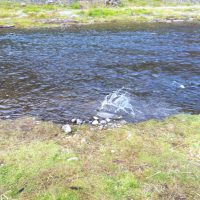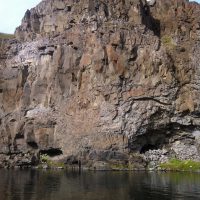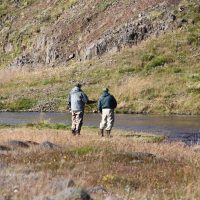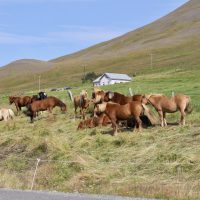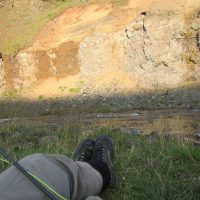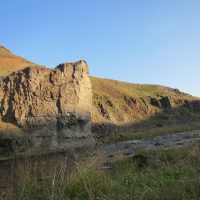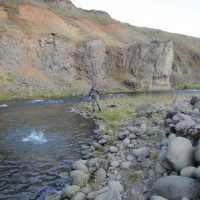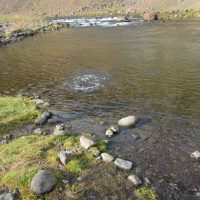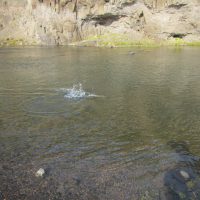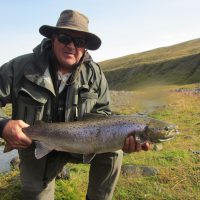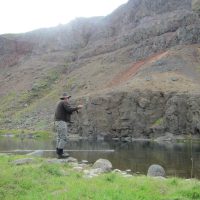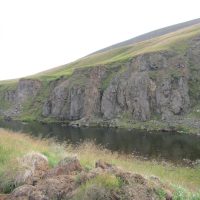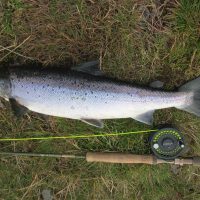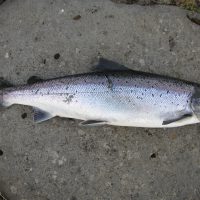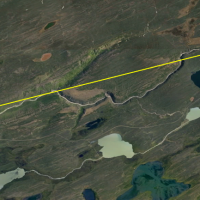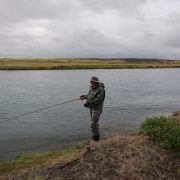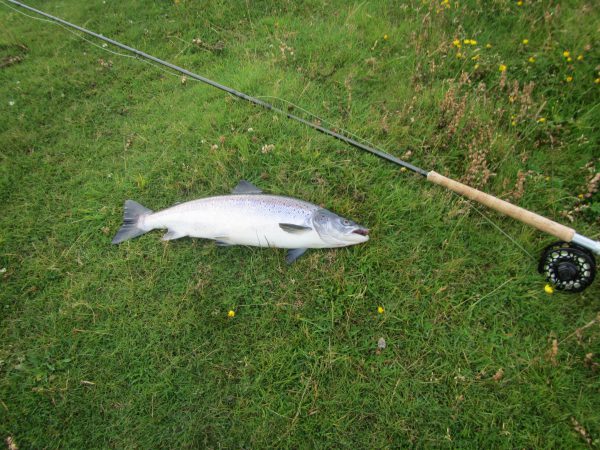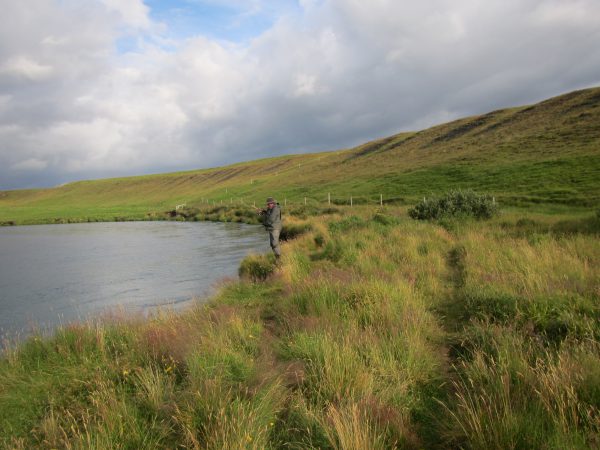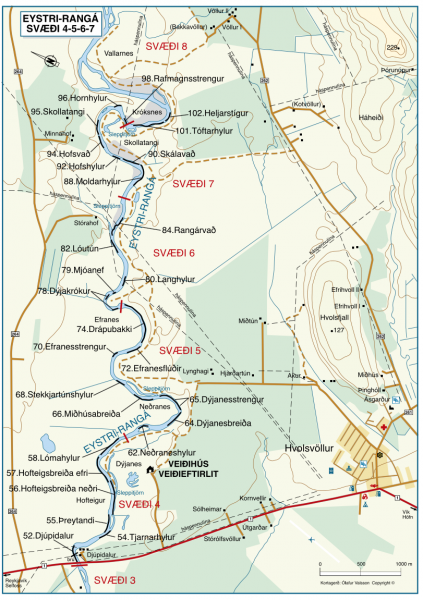When running an inpatient surgical ward there is a constant struggle to get the patients home after operations. There is, of course, some reasonable length of stay needed for serious matters etc. However, from my point of view some of my patients could go home sooner than they themselves wanted. There were all kinds of ploys used to hasten their discharge, but the opposition had some tricks up its sleeve, too. For instance, when I would do the rounds on Monday, I expected that someone would be able to go home on Wednesday. So, I would suggest discharge on a Tuesday. Then when the patient began to balk I would suggest: „Well ok Wednesday then,” and everybody was happy. The hospital had a library and the patients used it in their convalescent period (Icelanders are a literate bunch). Then I had the following rule to lighten the atmosphere in the wards where there were a number of patients together. Of course, the patients preferred the romantic genre of books, for example, the Red Series (Fabian bare chested, etc.). The rule: Whenever a book like that was spotted on a patient’s nightstand, they would be unceremoniously discharged (or an attempt would be made on the basis of the evidence). If you can read that stuff you are ready to go home, right? And It would happen that this did not go over too well.

Ólafur Ólafsson
At that time, we had a Surgeon General of Iceland Ólafur Ólafsson, who was and still is a crusty old guy. He sported bushy white hair, and his equally bushy eyebrows were in the Santa Claus class. He was at the tail end of his career at that time. His voice was deep and gravely, and had he been an American he would have been reading the voice overs in the Whiskey and Cigarette commercials. He probably would have put James Earl Jones out of the voice work. As Surgeon General he has a great sense of humor and the ability to see the absurd and funny in just about any setting. He was always a champion for the patients and their rights, and was never a tame tool for the politicians – he was a very unconventional civil servant. He gave me invaluable advice: “Jonas, just be yourself.”
Contrast him with the Suits and apparatchiki that we have met through our lives.
https://www.urbandictionary.com/define.php?term=suit
Author‘s addition to the definitions: A Suit – a civil servant totally devoid of any charm, humor or even a face.
Ólafur could be a handful, especially when he called in the middle of the night (he is a night owl) to discuss some pressing issue. You are fast asleep in some happy dream and then “It is Ólafur” and you began thinking – it must be some damn volcanic eruption. When he was still working, his offices were next to the square where the homeless and unfortunate souls of Reykjavik congregated. To his credit, he always kept a protective eye on his neighbors and tended to their needs. When he retired he palmed them off to another humanist doctor. I just love this guy for lots of reasons.
Now, one of my patients got offended by my Red Series comment and made a formal complaint to the surgeon general. Such a matter needed to be resolved and resolved it was.
I got a formal reprimand letter from the Surgeon General’s Office stating (loosely translated):

—————————————————————————————————————————————————–
Reprimand
It has come to the Surgeons General’s notice that you have been joking around with your patients during the morning rounds.
It is decided by the Surgeon General that you are not to joke around with your patients.
Signed
Ólafur Ólafsson
P.S. Unless they have the same sense of humor that the Surgeon General has.
P.P.S. It is forbidden to divulge the content of this letter.
—————————————————————————————————————————————————–
I contacted Ólafur on my last visit to Iceland and he released me from the ban.
I am sure that governments and especially the populations the world over are be better served by persons such as Ólafur as compared to their empty, talking Suits.



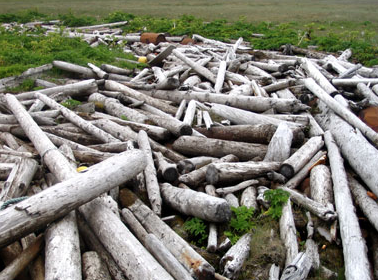
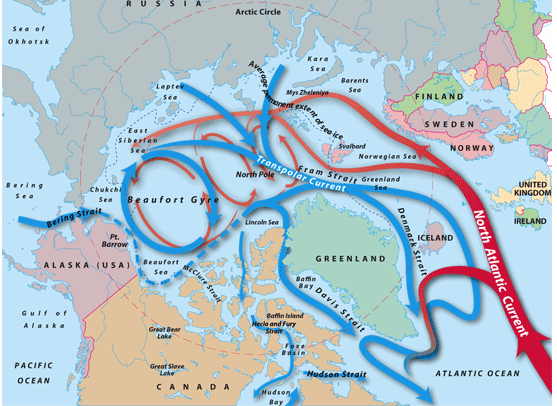
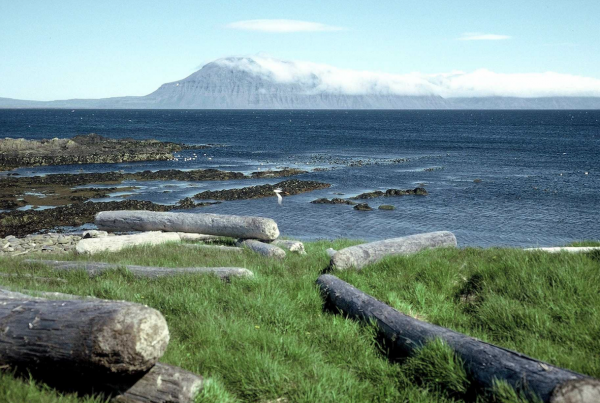
 Jonas Magnusson
Jonas Magnusson